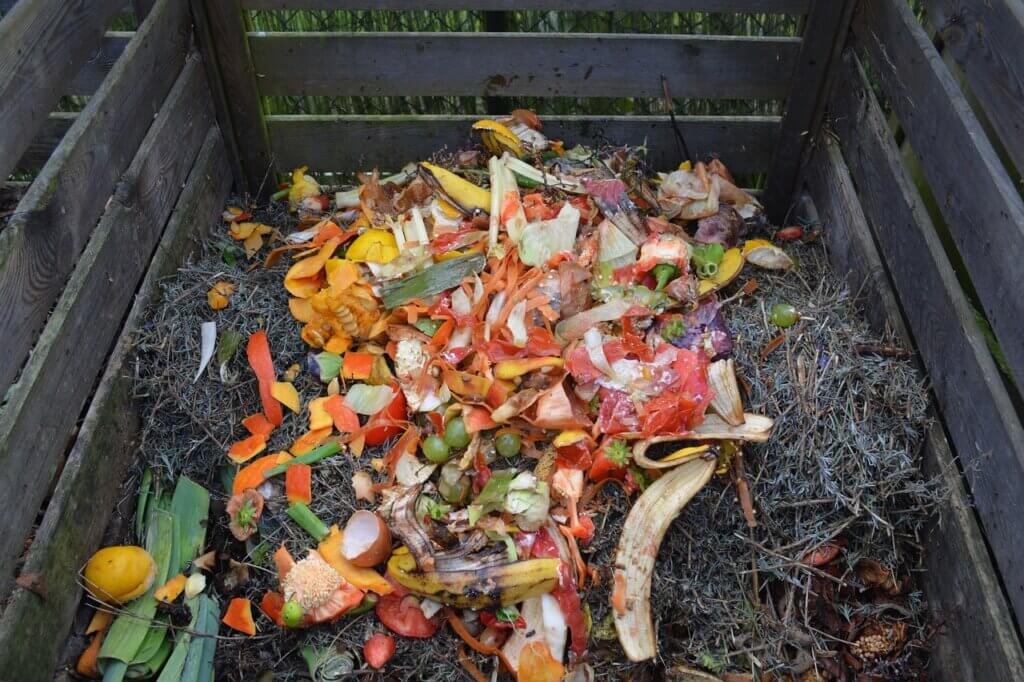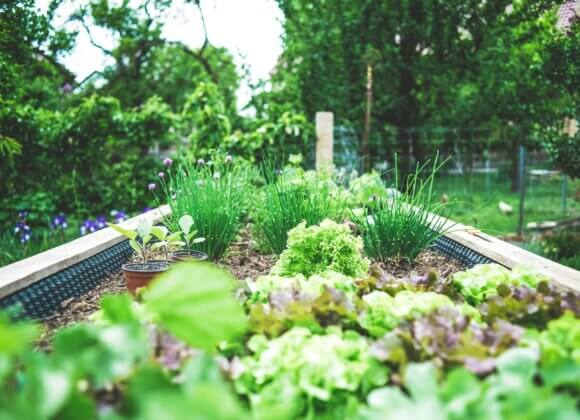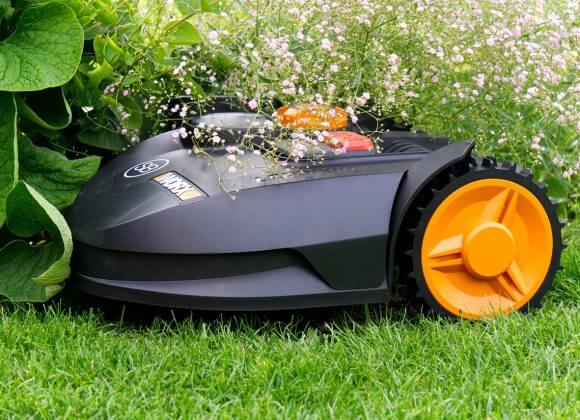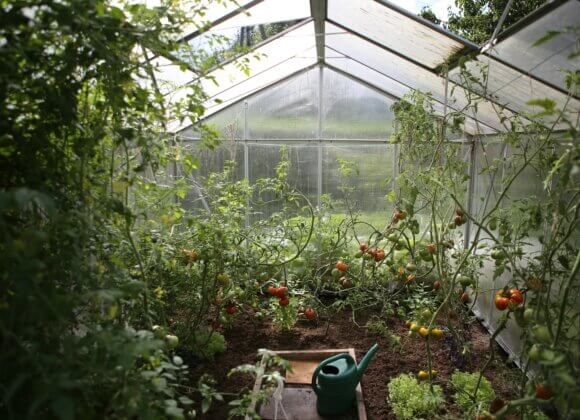Anger at the careless treatment of nature was the catalyst for the concept of permaculture. The philosophy now encompasses not only horticulture and agriculture, but has also developed into a comprehensive philosophy of life.
What is meant by the term “permaculture”?
“The philosophy behind permaculture is to work with and not against nature, it is a philosophy of continuous and thoughtful observation rather than continuous and thoughtless action; it looks at systems in all their functions rather than just demanding some kind of return from them” – this is how the Australian Bill Mollison defined the concept of permaculture. He coined the term, a combination of the two English words “permanent” and “(agri)culture”, back in the 1970s together with David Holmgren.
However, permaculture now goes far beyond the responsible use of nature and land. It also encompasses the areas of built environment, tools and technologies, education and culture, health and well-being, finance and economics, politics, community and social affairs.
One of the best-known representatives of permaculture in Austria is Salzburg mountain farmer Sepp Holzer, who since the 1990s has created one of the largest functioning permaculture systems in Europe on 45 hectares at an altitude of 1,000 to 1,500 meters above sea level.
What are the principles of permaculture?
Permaculture is based on the three ethical principles of Earth Care, People Care and Fair Share (limiting consumption and growth and sharing surpluses) – which are now applied not only in gardens and agriculture, but throughout society.
The design principles of permaculture gardeners are derived from this: these include, for example, not using pesticides and herbicides, creating diversity and mixed crops, promoting biodiversity, mulching, composting, growing your own seeds and thus creating natural cycles.

What speaks for this?
One clear argument in favor of permaculture in the garden is that the focus is on mindful interaction with nature and its resources.
How do you get started with permaculture?
The most important foundations for this are observation and planning. The first step is to take a close look at your garden: What is the soil like, what are the climatic conditions, what plants are present? Based on this, you can then start planning your permaculture garden. You should always be aware that every intervention, no matter how small, has an effect on the rest of the garden.
Are there any disadvantages?
Yes, there are also weaknesses in this system. Probably the biggest of these is the enormous amount of time required in the initial phase. Not only is the aforementioned planning time-consuming, the plan also has to be carefully implemented. But the effort is definitely worth it.
Plant vegetables next to each other: The best partners in the bed












